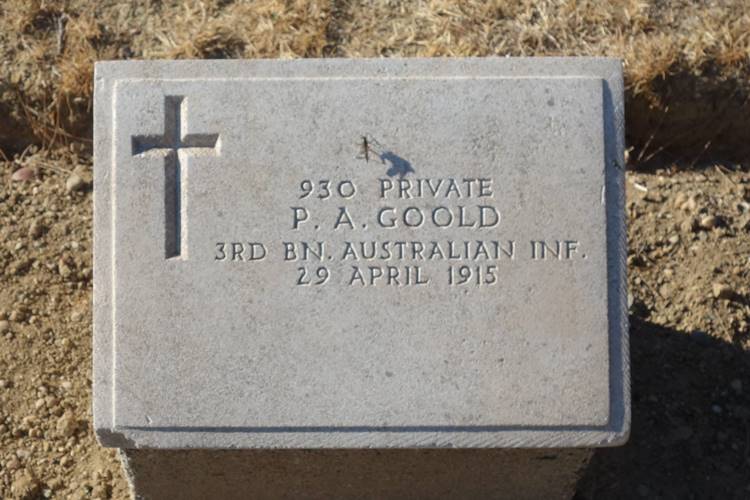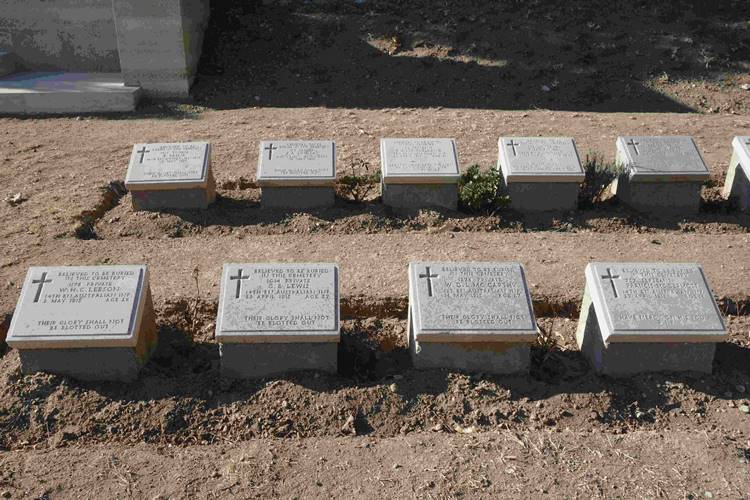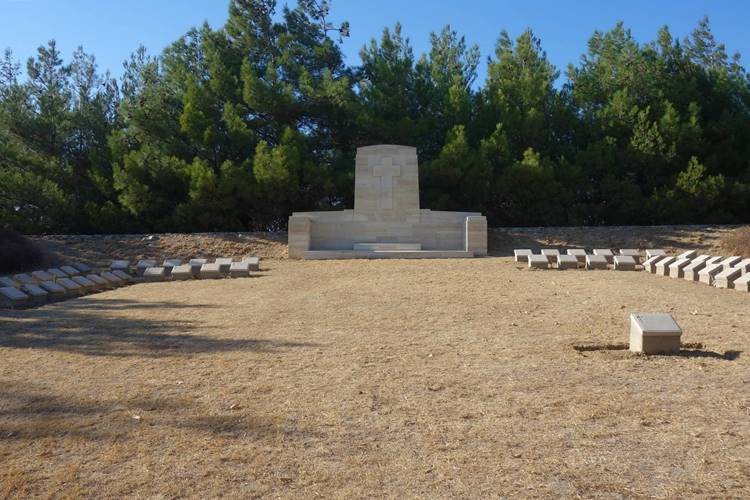This article is about Courtney’s and Steel’s Post Cemetery and is one of a number of articles I have written about Gallipoli. I have also written guides to help you research soldiers who served in the British Army during the First World War:
Courtney’s and Steel’s Post Cemetery Gallipoli
Courtney’s and Steel’s Post Cemetery contains the graves of 225 Commonwealth servicemen who died during the First World War. Of the 225 graves, 160 are unidentified and there are special memorials to 58 soldiers believed to be buried in Courtney’s and Steel’s Post Cemetery. The overwhelming majority of the graves belong to men who were serving with the Australian and New Zealand Army Corps when they died, though there are three special memorials and a grave to the Royal Marine Light Infantry. The cemetery can be reached by following the road which runs along the Sari Bair range and there is parking and refreshments nearby. The cemetery is named after Lieutenant-Colonel Richard Courtney, commanding officer of the 14th Battalion, Australian Imperial Force who led the Battalion to the position and Major Thomas Steel, also of the 14th Battalion.
The cemetery is named after Lieutenant-Colonel Richard Courtney, commanding officer of the 14th Battalion, Australian Imperial Force who led the Battalion to the position and Major Thomas Steel, also of the 14th Battalion who occupied a post nearby. 


